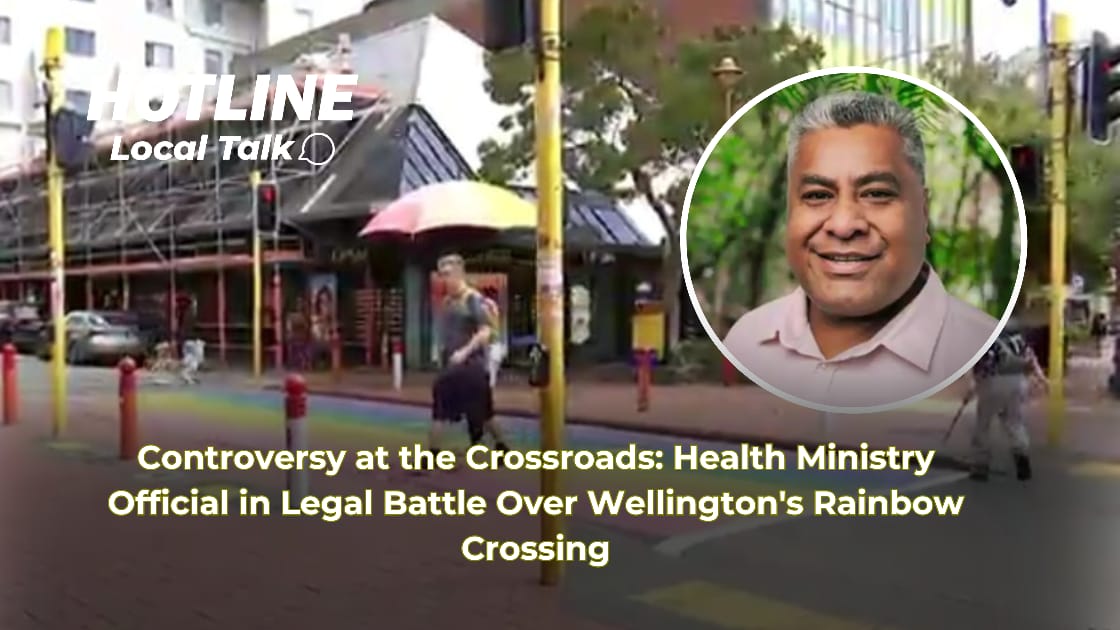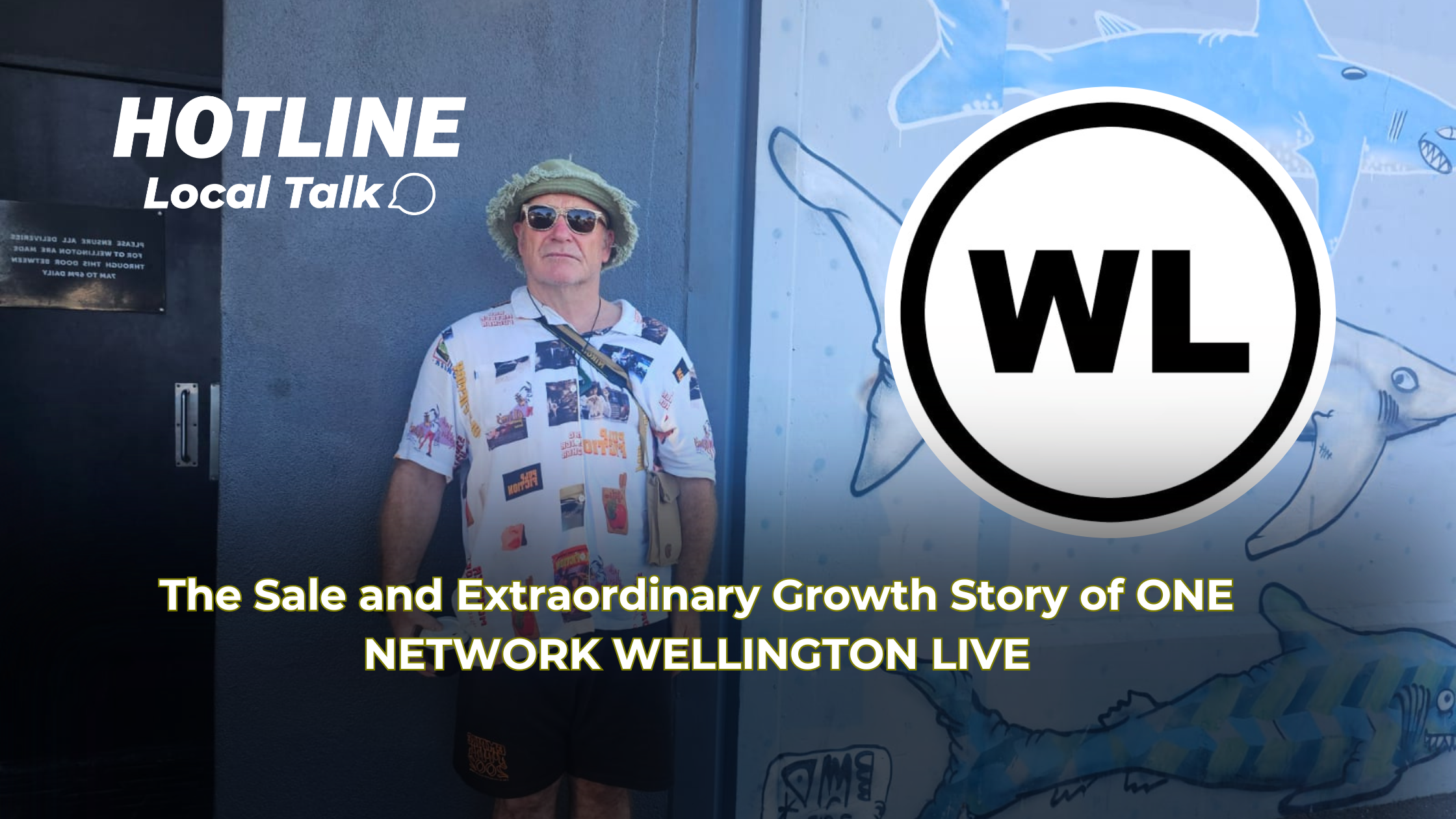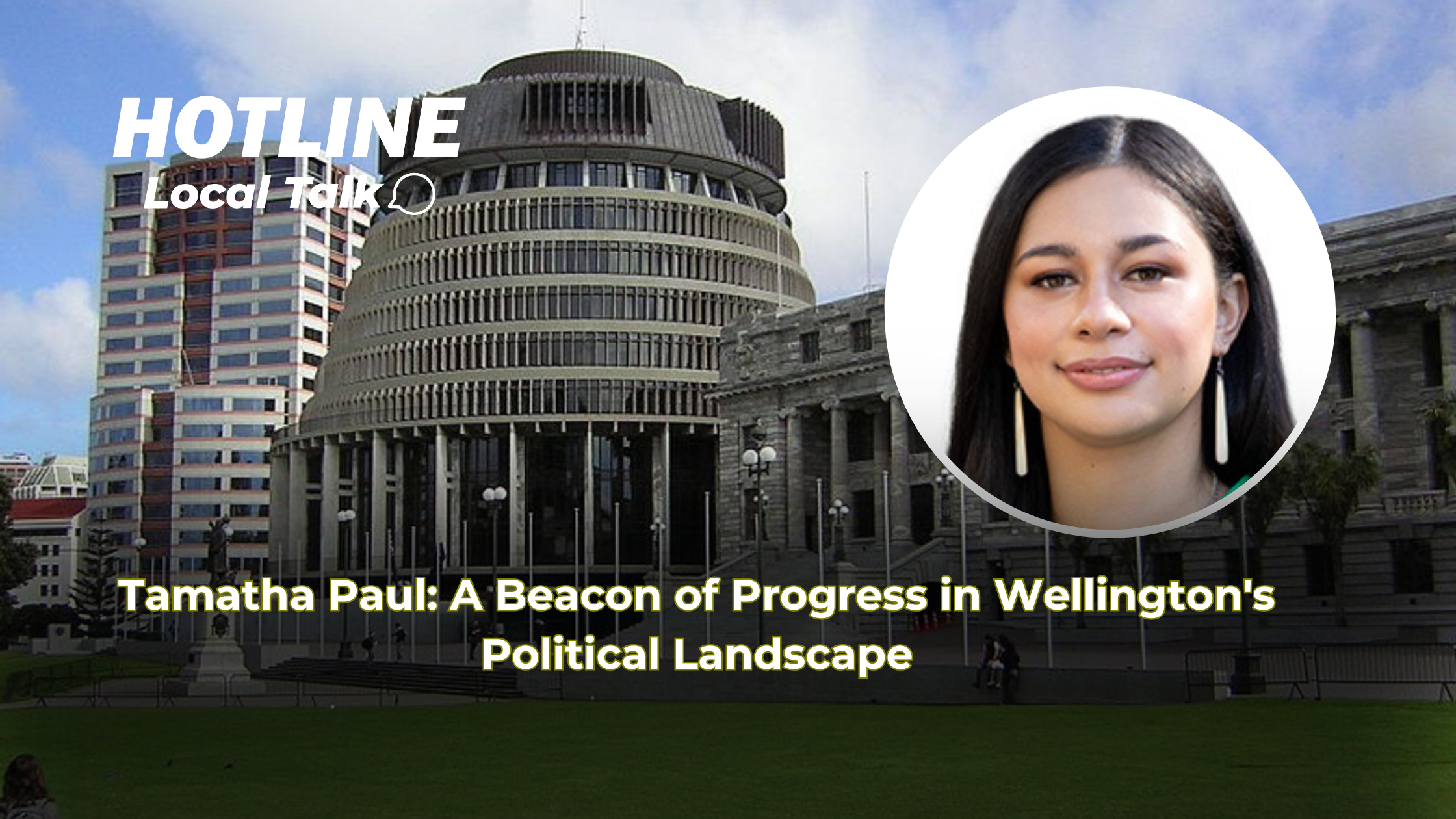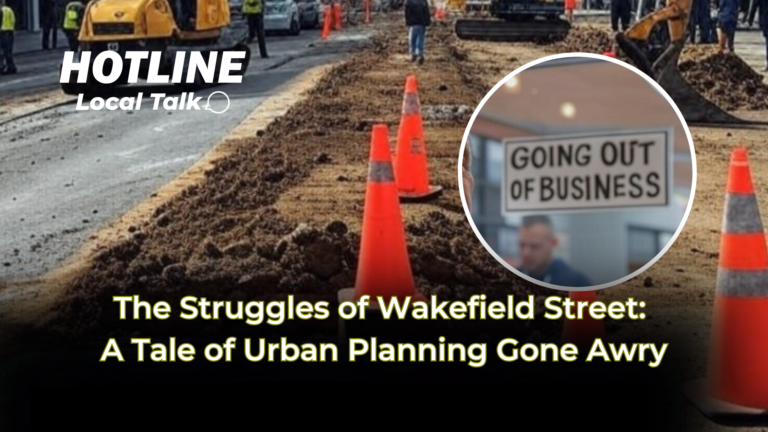Introduction:
Over the past six months, Wakefield Street in Wellington, New Zealand, has become a vivid example of how poor urban planning and execution can devastate a local business community. The Wellington City Council (WCC) embarked on an ambitious project aimed at modernising the city centre, but what was meant to be a revitalisation has turned into a saga of disruption, with retailers and businesses bearing the brunt of the council’s missteps.
Disruptions and Chaos:
The primary source of distress has been the extensive roadworks and cycleway construction, which have transformed Wakefield Street into a construction zone. Pavements dug up, roads closed, and incessant noise from machinery have become the daily backdrop for businesses trying to survive. The traffic re-routing, intended to manage the flow around construction, has instead led to severe congestion, deterring customers from visiting the area. Retail sales in the area reportedly dropped by 35% compared to the same period last year, a stark indicator of the economic fallout from these disruptions.
Impact on Thorndon Retailers:
The Thorndon retailers, once thriving, are now fighting to keep their doors open. Several well-known establishments have shut down, unable to withstand the financial strain induced by the decreased footfall. One café owner, forced to close after decades of operation, lamented the loss of not just a business but a community hub, highlighting the emotional toll on local proprietors. The lack of clear timelines for project completion has added to the uncertainty, making it challenging for businesses to plan or invest in their future.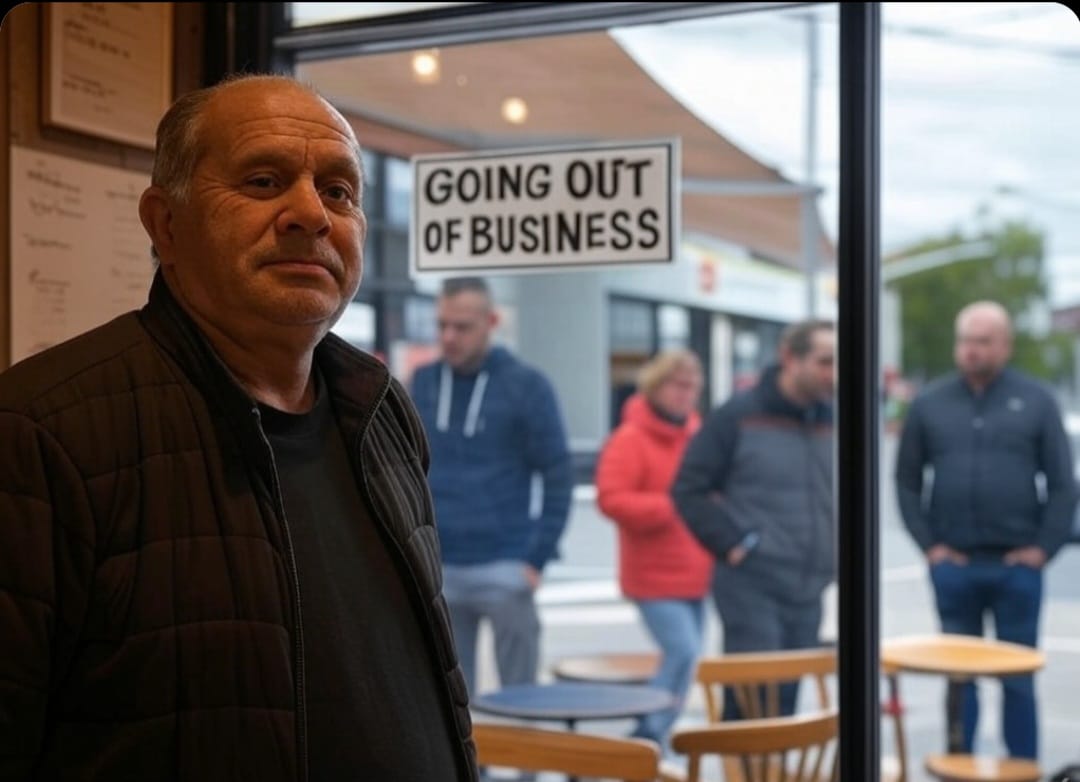
Economic and Social Costs:
The economic impact is clear with businesses reporting significant revenue losses, some in the range of tens of thousands of dollars monthly. This financial pressure has not only threatened livelihoods but also the social fabric of Wakefield Street. The once bustling street now echoes with the sounds of fewer shoppers, and the community spirit is waning as businesses struggle.
Moreover, the disruptions have not gone unnoticed by the public. Commuters and residents have voiced their frustrations over increased travel times, safety concerns due to construction sites, and the overall degradation of their daily experience in the city centre. Public forums and social media platforms have become arenas for expressing dissatisfaction with the WCC’s planning, or rather, the apparent lack thereof.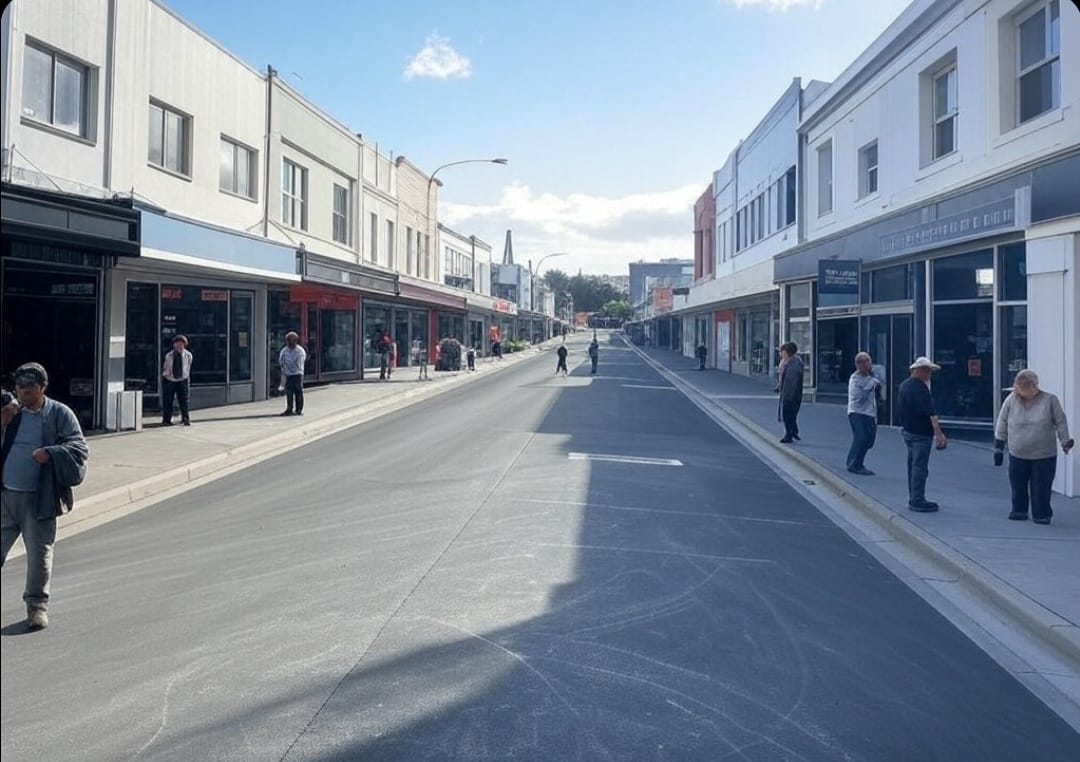
Critique of WCC’s Approach:
One of the most criticised aspects of this debacle has been the communication and consultation process. Business owners and residents alike have noted a severe lack of dialogue from the council. The WCC’s approach seemed to lack a comprehensive strategy for mitigating the impacts on local enterprises, focusing instead on the completion of infrastructure without adequate consideration for those directly affected.
The council has claimed to engage with businesses through face-to-face meetings, yet many feel this engagement came too late or was not substantive enough to alter the course of the project or mitigate its impacts effectively.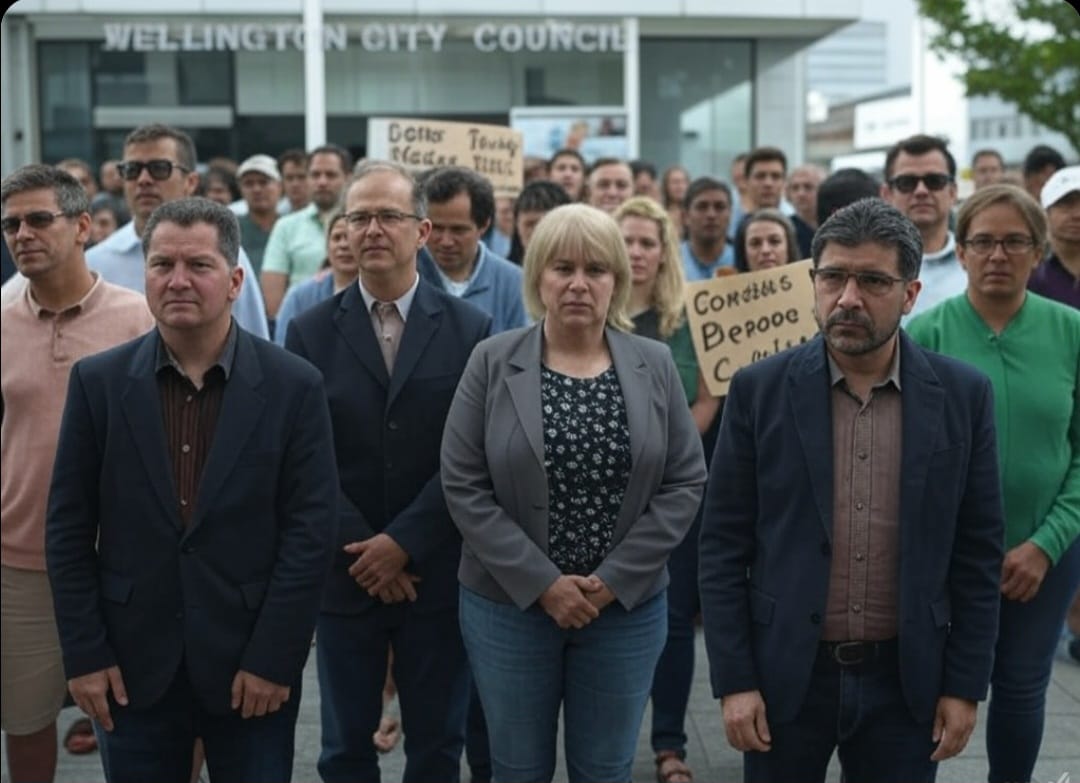
Conclusion:
The story of Wakefield Street serves as a cautionary tale about the implications of urban planning that prioritises infrastructure over community welfare. The broader implications extend beyond immediate financial losses, touching on community trust in local governance. The lessons here are clear: urban development should not be at the expense of those it aims to serve. Moving forward, there must be a stronger emphasis on consultation, transparent communication, and perhaps most importantly, a genuine consideration of the human element in city planning. If Wellington is to maintain its charm and support its local businesses, the WCC needs to learn from these past six months and ensure that future projects are executed with the community’s resilience at heart.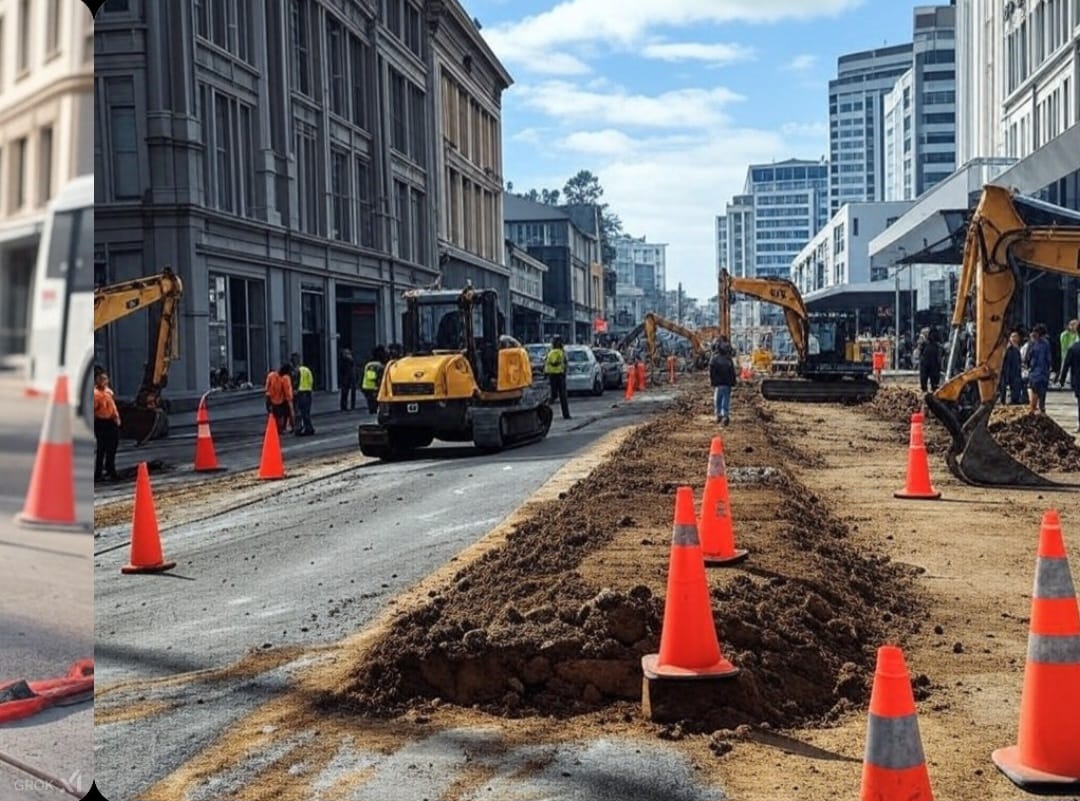
Engagement and Thoughts:
What are your thoughts on the situation on Wakefield Street? Have you experienced similar issues with local government projects? Click on [HOTLINE Letters to the Editor] to share your views and join the conversation about how we can better plan our cities to support local communities.
HOTLINE Letters to the Editor
CONTRIBUTE
Have stories, yarns, mad scoops, or community news to share. We often pay for awesome content and life shattering stories. What have you witnessed?


